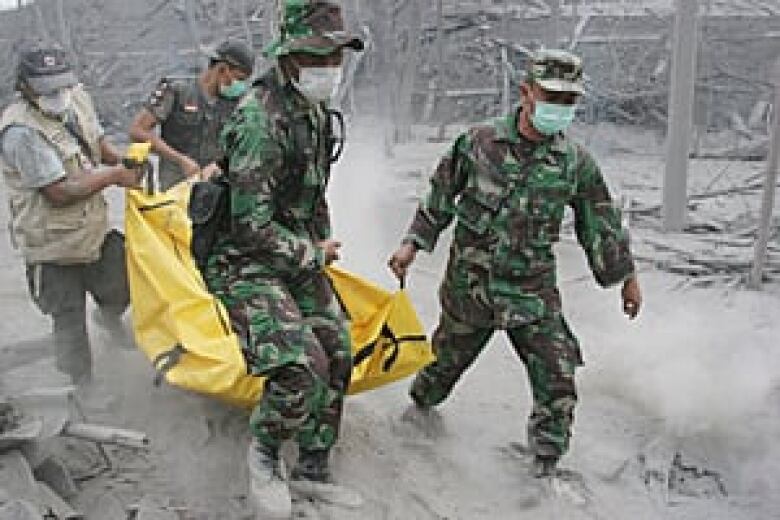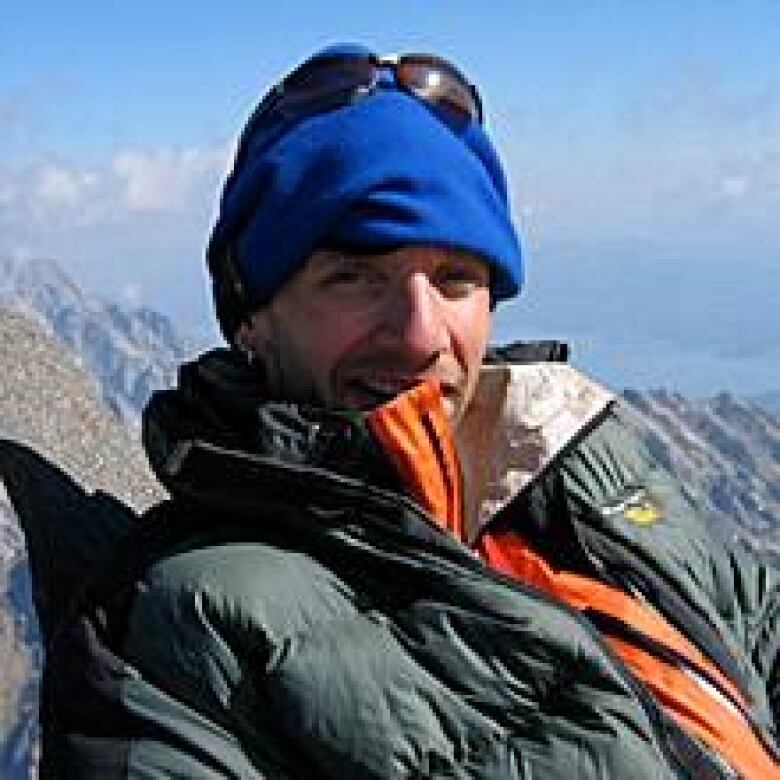Volcanoes drop hint before deadly eruptions: study

The most dangerous volcanic eruptions are preceded by atremor pattern that could help predict them, a B.C.-led study suggests.
"The existence of shaking might mean that magma [molten rock] is moving around, but it doesn't mean that you're going to have a big eruption," said Mark Jellinek, a volcanologist and geophysicist at the University of British Columbia who led the study published Wednesday online in Nature.
Scientists have long known that hours or weeks before a volcanic eruption, scientificinstruments and people tend to observe volcanic tremors a persistent shaking of the ground.
"It would feel like an earthquake that won't stop," Jellinek said.
However, that happens whether the eruption is small and there is no reason for people to disrupt their lives by fleeing or it is a massive, deadly eruption involving huge pyroclastic flows torrents of superheated gases and volcanic debris that race down the slopes at high speeds, incinerating or vaporizing everything in their path.
Jellinek andDavid Bercovici, a geophysicist at Yale University in New Haven, Conn.,predict that while the shaking frequency or rateremains relatively consistent before smaller eruptions,the frequencyincreases just prior tothe deadliest eruptions by volcanoes like Mount St. Helen's in the U.S., Mount Pinatubo in the Phillippines and Mount Merapi in Indonesia.

"The hope really is that if the mechanics are correct, that we can make a prediction of an eruption that is dangerous to humans as opposed to one that is not," Jellinek said.
That would allow people to flee when the risk of a deadly eruptionis high and stay put when the risk is low.
What causesvolcanic tremorshas beenpoorly understood, but scientists typically assumed the shaking was related to a constriction in the passages inside the volcano, Jellinek said.
"The problem is as soon as the volcano explodes, that constriction is probably not there, and it certainly won't be the same in every volcano," he added.
Instead of worrying about the structure of the volcano, Jellinek focused on the movement of magma, which should be the similar in all volcanoes that produce very deadly eruptions.
Wobbly stopper
The researchers assumed the magma formed a stiff plug surrounded by gas, like a wobbly stopper in a poorly sealed champagne bottle.

The researchers calculated that if this were the case, the frequency of the tremors would increase ahead of more dangerous explosions. They compared their calculations to data on past volcanic eruptions.
"The observation that tremors changed before an eruption has never been discussed before," Jellinek said, "but it's been in volcano seismic data for at least two decades."
Stephen McNutt, a researcher at the Alaska Volcano Observatory in Fairbanks, wrote a review of Jellinek's findings in Nature, praising the "fresh perspective" it provides. However, he noted that it does not apply to all volcanoes.
Jellinek acknowledged that volcanoes in Hawaii and Stromboli, Italy, which contain less viscous columns of magma have a different physics, and the tremors they produced can't be explained by his model. However, those volcanoes do not produce very dangerous eruptions, he said.












_(720p).jpg)


 OFFICIAL HD MUSIC VIDEO.jpg)
.jpg)



























































































